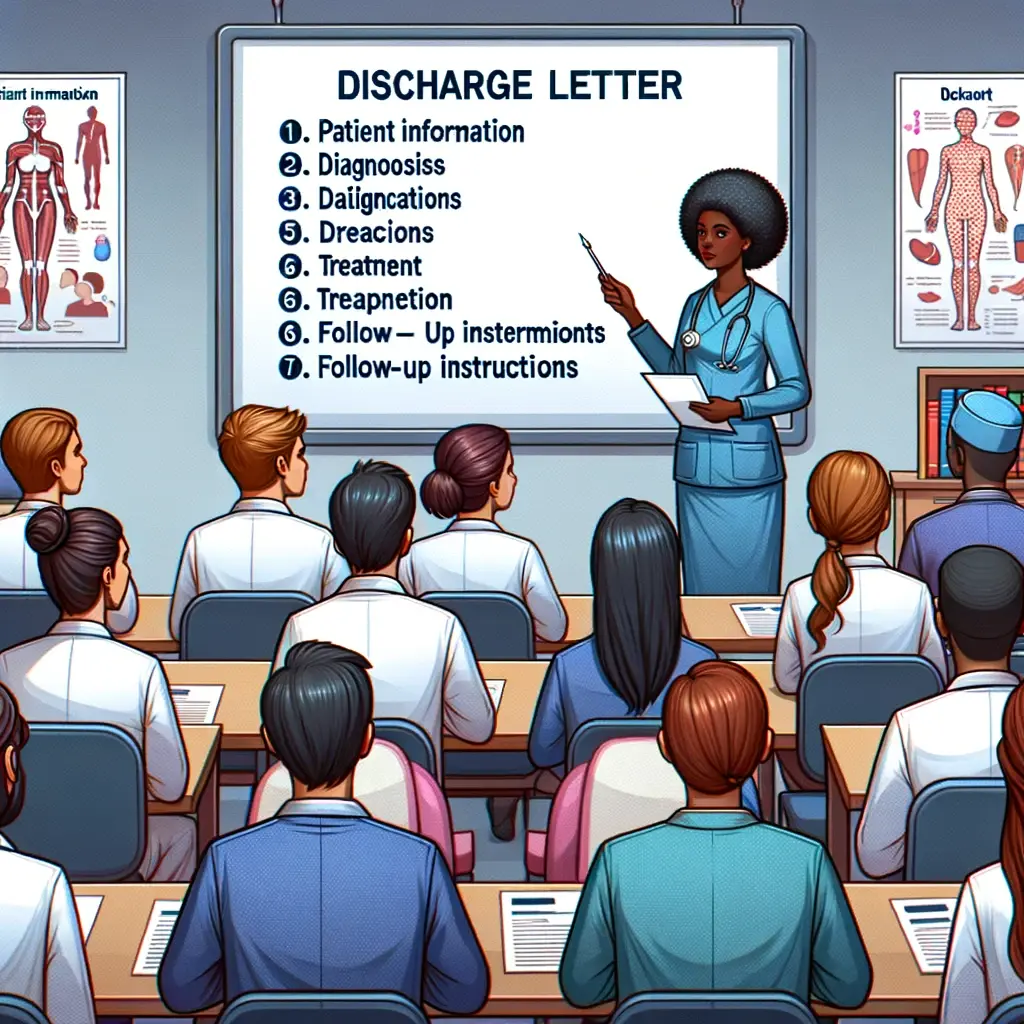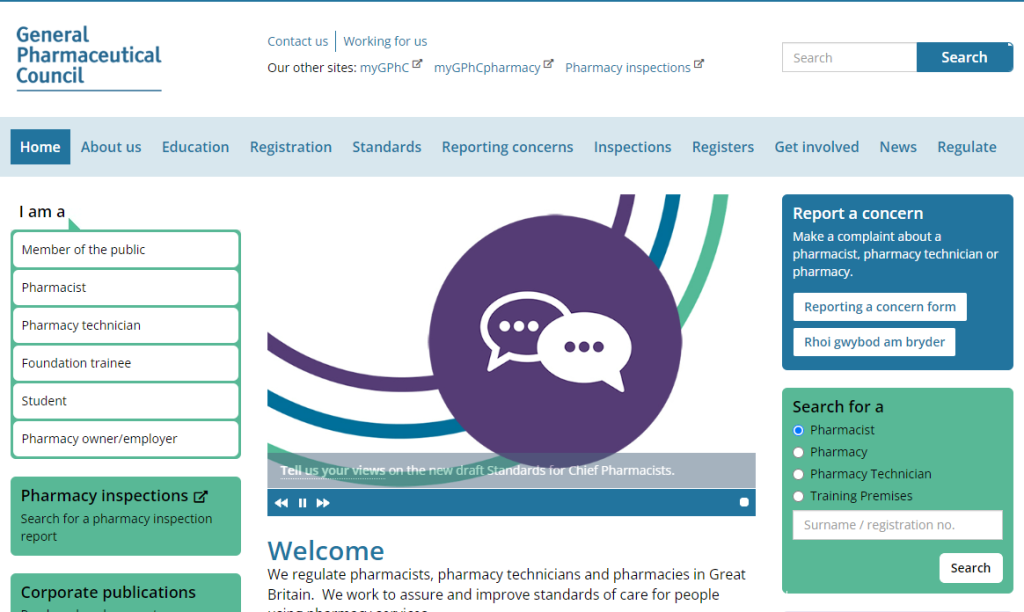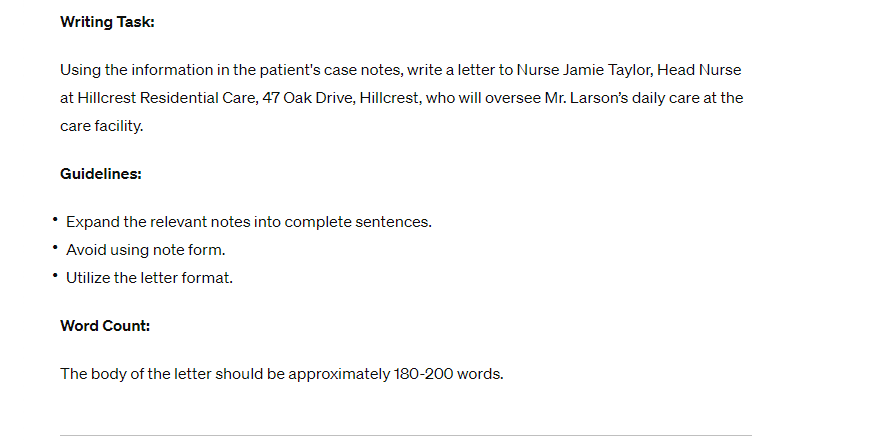Crafting a discharge letter is a pivotal skill for healthcare professionals. It serves as the final chapter of a patient’s hospital journey and a bridge to their ongoing care. To ensure clarity, accuracy, and effective patient communication, it’s crucial to follow a structured approach. This guide outlines a 7-step process to writing a comprehensive and professional discharge letter.
What is a Discharge Letter?
A discharge letter, also known as a discharge summary or hospital discharge letter, is a formal document provided by a hospital or healthcare facility upon a patient’s release. In the context of the Occupational English Test (OET), understanding and effectively writing a discharge letter is an essential skill evaluated in the writing sub-test, particularly for candidates in the medical fields such as doctors and nurses.
The discharge letter serves multiple purposes. Primarily, it communicates vital medical information to the patient and to other healthcare providers who will be involved in the patient’s subsequent care. It includes details such as diagnoses, medications, procedures undertaken, and any complications that arose during the hospital stay. It also outlines the patient’s condition at the time of discharge and provides specific recommendations for follow-up care, such as appointments, medication management, dietary restrictions, or physical activity guidelines.
The Importance of Discharge Letters in the OET
The inclusion of a discharge letter in the OET writing sub-test underscores its significance in healthcare communication. For healthcare professionals seeking to practice in English-speaking environments, the ability to articulate medical information clearly and accurately is paramount.
The discharge letter in the OET serves as a practical assessment tool to evaluate a candidate’s proficiency in drafting a formal medical document, utilizing appropriate medical terminology, and maintaining a professional tone.
The Purpose of the Discharge Letter in OET
In the context of the Occupational English Test (OET), a discharge letter is a crucial component of the writing sub-test for medical professionals, particularly for doctors and nurses. The OET assesses the language communication skills of healthcare professionals who wish to register and practice in an English-speaking environment. Writing a discharge letter in the OET evaluates the candidate’s ability to convey medical information clearly, accurately, and effectively in English.
The purpose of including a discharge letter in the OET is to simulate a real-world task that healthcare professionals often encounter. It tests the candidate’s proficiency in structuring a formal medical document, using appropriate medical terminology, and maintaining a professional and empathetic tone. It also assesses the ability to summarize and prioritize information, which is essential for creating a concise yet comprehensive discharge letter that serves its intended purpose in a clinical setting.
7 steps in writing discharge letter to Score A Grade in OET
Step 1: Understand the Purpose of a Discharge Letter
In preparing for the OET writing task, comprehending the multifaceted purpose of a discharge letter is the first critical step. This document is not merely a formality but an essential communication tool that conveys the narrative of a patient’s healthcare episode to both the continuing care providers and the patients themselves.
An effective discharge letter in the OET context should be meticulously crafted to ensure it contains all the necessary elements – patient identification, diagnosis, treatment course, condition at discharge, and follow-up care instructions.
For instance, a discharge letter for a patient with pneumonia would detail the presentation upon admission, the antibiotic regimen administered, the patient’s response to treatment, and explicit instructions for medication adherence, activity levels, and a schedule for follow-up care.
By integrating such specific details, candidates can demonstrate their ability to compile a comprehensive and clear discharge letter that facilitates the seamless transfer of care, aligning with the expectations of the OET and the real-world scenarios healthcare professionals face.
Step 2: Gather the Necessary Information
The second step in crafting a discharge letter for the OET involves a thorough compilation of the patient’s healthcare information, which is vital to the document’s completeness and accuracy. For OET candidates, this means diligently gathering data on the patient’s medical background, details of the hospital stay including admission reasons, treatment administered, and the patient’s response to treatment, as well as the patient’s condition at the time of discharge.
Additionally, it is important to outline a clear discharge plan that includes medication schedules, dietary recommendations, activities to avoid or engage in, signs and symptoms to watch out for, and any follow-up appointments or referrals to other healthcare services.
For instance, when writing a discharge letter for a patient with a completed appendectomy, an OET candidate should detail the surgical intervention, anesthesia used, post-operative care, pain management, and the patient’s recovery progress.
The letter should note any allergies, past medical events relevant to the surgery or recovery, and specific discharge instructions, such as wound care, signs of infection to monitor, pain management plans, limitations on physical activity, and a follow-up schedule with the surgeon.
It is essential for the OET candidate to ensure that all this information is accurate, relevant, and logically organized to facilitate the reader’s understanding. This level of detail supports the continuation of care and helps prevent any misunderstandings or errors in the patient’s subsequent healthcare encounters.
Step 3: Structure the Discharge Letter specific
For OET Nursing candidates, structuring the discharge letter with clarity and coherence is paramount. This ensures that the information flows logically and can be easily followed by both the receiving healthcare professionals and the patient. The standard structure of a discharge letter is tripartite: an introduction, body paragraphs, and a conclusion.
Step 4: Write the Introduction
For OET Nursing candidates, structuring the discharge letter with clarity and coherence is paramount. This ensures that the information flows logically and can be easily followed by both the receiving healthcare professionals and the patient. The standard structure of a discharge letter is tripartite: an introduction, body paragraphs, and a conclusion.
Step 5: Write the body paragraphs
This section is the heart of the letter, where detailed information is provided. It should be divided into clear subsections: the patient’s medical history relevant to the current admission, the course of treatment provided during the hospital stay (including any surgeries, medications, or therapies), the patient’s response to treatment, and their condition at discharge. Nurses should describe the care plan, being explicit about medication dosages, administration times, and any other necessary instructions for continuing care.
Step 6: Write the conclusion
The conclusion of the discharge letter is a summary of the hospitalization, encapsulating the progress made and the expectations moving forward. This should include the discharge conditions and the specific recommendations for follow-up.
The nurse might conclude with, “Mr. Doe’s blood sugar levels are now within normal range on a regimen of [specific medications]. He has been educated on diet and lifestyle modifications and is scheduled for a follow-up with the endocrinology team on [date].”
Step 7: Proof read the letter
The final step in the Occupational English Test (OET) writing task for a discharge letter is a thorough proofreading and editing process. This is crucial in ensuring that the letter is not only error-free but also that the information presented is precise and accessible to the reader.
Proofreading for Accuracy and Clarity
When proofreading, OET candidates should meticulously check for grammatical errors, typos, and spelling mistakes. Additionally, they should verify that all medical terms and patient information are correctly spelled and used appropriately. It is equally important to review the letter for clarity. The sentences should be concise and the medical information should be presented in a way that can be easily understood by both healthcare professionals and patients. Complex medical jargon should be either explained or simplified to enhance comprehension.
Ensuring Coherence and Flow
Candidates must also ensure the letter flows logically from one point to the next. Transitions between paragraphs should be smooth, guiding the reader through the patient’s admission, treatment, and discharge without confusion. The goal is to ensure that anyone reading the letter can follow the patient’s healthcare journey and the recommended post-discharge plan without having to interpret medical shorthand or ambiguous language.
Final Edits
The editing process may also involve refining the structure and content to meet the OET Writing criteria, such as removing redundant words or phrases and ensuring the letter adheres to the expected professional tone and style. For instance, instead of writing “The patient was given medication for their condition,” an OET candidate might edit this to “The patient was administered Metformin 500mg twice daily for glycemic control.”
Concluding the Process
The final version should be a clear, coherent, and professional discharge letter that facilitates a seamless transition of care. This attention to detail in proofreading and editing can significantly impact the effectiveness of the communication and, ultimately, the continuity of patient care.
For OET candidates, these proofreading and editing steps are not merely about correcting a document; they represent the meticulous care and attention to detail that are integral to professional nursing practice. By refining the discharge letter to meet high standards of accuracy and clarity, nurses demonstrate their commitment to excellence in patient care and communication within the healthcare community.









Leave a Reply